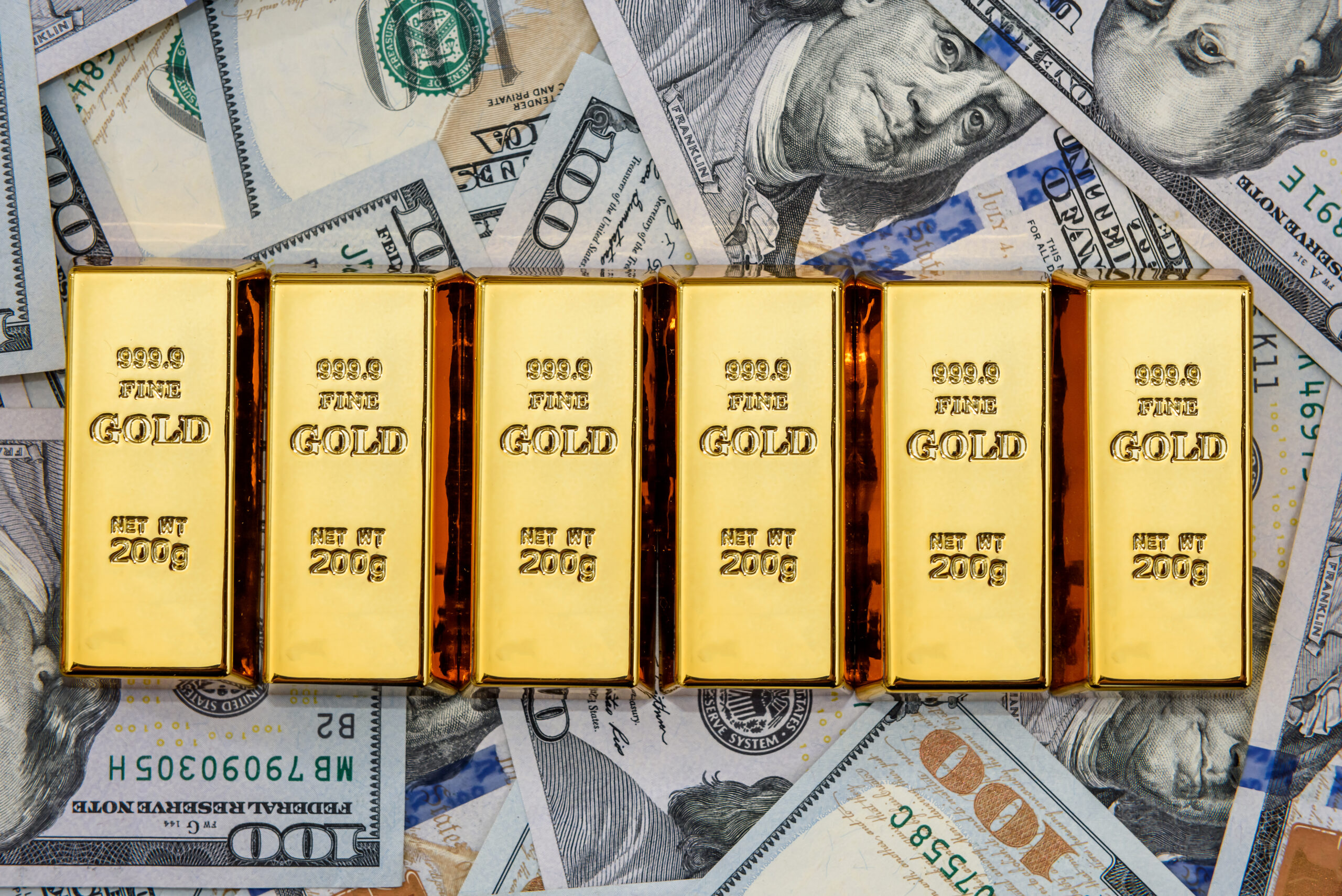What's the Relationship between the Price of Gold & Gold Bullion's Value?
Gold has been a valuable precious metal for centuries. It has been used as currency, a store of value, and a symbol of wealth and power. In recent years, the price of gold has fluctuated wildly, leaving many investors wondering about the relationship between the price of gold and the value of gold bullion. Even if they prefer to buy platinum coins or silver bullion, San Diego precious metals collectors might be interested in the following information, which sheds some light on what factors influence the price of gold and how it affects the value of gold bullion.
What Is Gold Bullion?
Gold bullion refers to gold bars, coins, and ingots that are traded on the open market. They’re typically bought and sold by investors looking to invest in gold for its value as a store of wealth or as a hedge against inflation or economic uncertainty. Gold bullion can be purchased from a variety of sources, including banks, coin dealers, and online marketplaces.
What Determines the Price of Gold?
The price of gold is determined by supply and demand in the global market. When demand for gold is high and the supply is low, the price of gold increases. Conversely, when demand for gold is low and the supply is high, the price of gold decreases. There are several factors that can influence the supply and demand of gold, which, in turn, affects the price:
- Economic conditions – When the economy is struggling and there’s a lot of uncertainty, investors tend to flock to safe-haven assets like gold, which drives up the demand and price. On the other hand, when the economy is doing well and there’s more certainty, investors are more likely to invest in riskier assets, which decreases demand and lowers the price of gold.
- Inflation – When inflation is high, the purchasing power of fiat currency decreases, which makes gold more attractive as a store of value. As a result, demand for gold increases, and the price goes up. Conversely, when inflation is low and the value of fiat currency is stable, demand for gold decreases, and the price goes down.
- Geopolitical events – Events such as wars, regional conflicts, and political instability can also impact the price of gold. When there’s uncertainty and unpredictability in the world, investors tend to view gold as a safe-haven asset and invest in it, which drives up the demand and price. On the other hand, when there’s stability and certainty in the world, demand for gold decreases, and the price goes down.
How Are Price & Value Related?
Typically, the relationship between the price of gold and the value of gold bullion is fairly straightforward. The price of gold often determines the value of gold bullion. When the price of gold goes up, the value of gold bullion goes up, and when the price of gold goes down, the value of gold bullion goes down.
For example, if the price of gold is $1,500 per ounce and you have a gold bar that weighs 10 ounces, the value of that gold bar is $15,000. If the price of gold increases to $1,700 per ounce, the value of that same gold bar would increase to $17,000.
It’s important to note that the value of gold bullion is influenced not only by the current price of gold but also by other factors, such as the weight, purity, and rarity of the gold. For example, a gold bar that weighs 10 ounces and has a purity of 99.99 percent will have a higher value than a gold bar that weighs 10 ounces and has a purity of 90 percent.
What Other Factors Can Affect Price & Value?
The relationship between the price and value of gold bullion isn’t always linear or proportional. This means a change in one doesn’t necessarily result in an equal change in the other. There are several factors that can affect this relationship:
- Premiums – These are the additional costs that are added to or subtracted from the spot price when buying or selling gold bullion. Premiums can vary depending on the type, size, quality, availability, and location of the bullion. Premiums can also reflect demand and supply as well as the dealer’s margin. For example, if you buy a one-ounce coin with a premium of $50 over the spot price, you’re paying $50 more than the intrinsic value of the coin. Conversely, if you sell the same coin with a premium of $20 under the spot price, you’re receiving $20 less than the intrinsic value of the coin.
- Numismatic value – This is the additional worth some gold bullion coins may have due to their rarity, historical significance, beauty, or collectibility. Numismatic value can exceed the intrinsic value of the coin based on its weight and purity. For example, a 1933 Double Eagle coin has an estimated numismatic value of more than $18 million, even though its intrinsic value based on its weight and purity is only about $2,000.
- Sentiment – This is the general attitude investors have toward gold as an asset class. Sentiment can influence both the price and value of gold bullion by affecting demand and supply. For example, if investors are bullish on gold (meaning they expect its price to rise), they may buy more gold bullion, driving up both its price and value. On the other hand, if investors are bearish on gold (i.e., they expect its price to fall), they may sell more gold bullion, driving down both its price and value.
The relationship between the price and value of gold bullion is complex and dynamic. It depends on various factors that can change over time and across different markets. Therefore, it’s important for investors to understand how these factors affect their investment decisions and to monitor both the price and value of gold bullion regularly.
When they’re looking to buy gold, San Diego residents should work with trustworthy precious metal dealers who offer high-quality service and have years of experience. Call on the industry-leading professionals at First National Bullion when you’re ready to invest in gold bullion, coins, or bars. Give us a call today at (858) 304-7580.
The statements made in this blog are opinions, and past performance is not indicative of future returns. Precious metals, like all investments, carry risk. Precious metals and coins may appreciate, depreciate, or stay the same in cash value depending on a variety of factors. First National Bullion does not guarantee, and its website and employees make no representation, that any metals for sale will appreciate sufficiently to earn the customers a profit. The decision to buy, sell, or borrow precious metals and which precious metals to purchase, borrow, or sell are made at the customer’s sole discretion.


